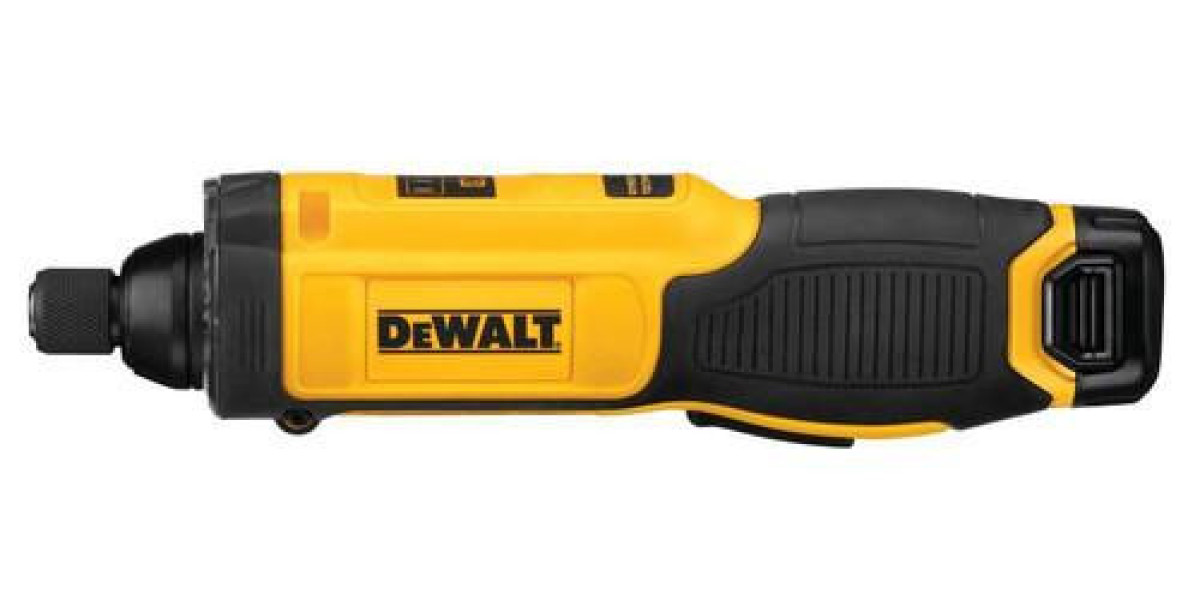Unlock the Secrets of Enameled Wire: Discover Its Hidden Powers!
Enameled wire is a silent yet pivotal player in various industries, serving as the backbone for countless electrical components. This specialized wire is coated with a thin layer of insulation, which not only protects it but also enhances its operational capabilities. Understanding the properties and uses of enameled wire is essential for anyone involved in electrical engineering, manufacturing, or DIY projects. Whether you are an experienced professional or a curious hobbyist, exploring the fascinating world of enameled wire can open up new avenues for innovation and efficiency in your work. In this article, we will delve into its composition, properties, types, and applications, revealing the hidden powers of enameled wire.

Understanding Enameled Wire
Enameled wire, often referred to as magnet wire, is an insulated copper or aluminum wire used primarily in electrical applications. The wire is coated with a thin layer of enamel, which serves as insulation. This coating differentiates enameled wire from other types of wire, such as bare or insulated wire, by providing exceptional electrical insulation without adding significant bulk. The manufacturing process involves drawing the metal into wire form, followed by a careful application of enamel insulation, which can vary in thickness and type. The result is a lightweight, flexible wire that can be easily wound into coils, making it ideal for applications that require stringent space and weight considerations.
Properties of Enameled Wire
The properties of enameled wire are what make it uniquely suited for a wide range of applications. One of its most notable characteristics is its excellent insulation, which prevents electrical current from leaking and protects the wire from environmental factors. This insulation is typically rated for high temperatures, contributing to the wire's thermal resistance. Additionally, enameled wire boasts high conductivity, allowing for efficient electrical transmission. Its ability to withstand thermal and mechanical stress means it can perform reliably in demanding conditions. These properties not only enhance the wire's performance but also prolong the lifespan of electrical devices, making it a preferred choice in industries where reliability is paramount.
Types of Enameled Wire
There are several types of enameled wire, each designed for specific applications and environments. Polyester enameled wire is known for its excellent thermal resistance and is commonly used in motors and transformers. Polyurethane enameled wire offers superior flexibility and is often used in applications where wire movement is necessary. Epoxy-coated enameled wire provides exceptional chemical resistance, making it ideal for applications in harsh environments. Each type of enameled wire has its unique advantages, allowing engineers and manufacturers to select the best option for their specific needs, whether it be for high-temperature applications or environments prone to moisture and chemicals.
Applications of Enameled Wire
Enameled wire plays a crucial role in various industries, particularly in electronics, automotive, and construction. In the electronics industry, it is widely used in the manufacturing of transformers, inductors, and motors, where reliable conductivity and insulation are essential. In automotive applications, enameled wire is used in electric motors, sensors, and wiring harnesses, contributing to the efficiency and safety of vehicles. The construction industry also benefits from enameled wire in electric installations and appliances, where its durability and performance are vital. This versatility not only highlights the importance of enameled wire but also showcases its ability to adapt to different applications, making it an indispensable component in modern technology.
Key Insights on Enameled Wire
In summary, enameled wire is an integral part of many electrical applications, and its properties, types, and uses are essential knowledge for anyone in the field. Its insulation, conductivity, and thermal resistance make it an invaluable resource in various industries, from electronics to automotive. By understanding the unique characteristics of enameled wire, manufacturers and engineers can make informed choices that enhance the efficiency and reliability of their products. Whether you're looking to innovate in your projects or simply deepen your understanding of electrical components, exploring the world of enameled wire offers a wealth of insights and possibilities. We encourage you to dive deeper into this topic to fully appreciate its significance in our technological landscape.



